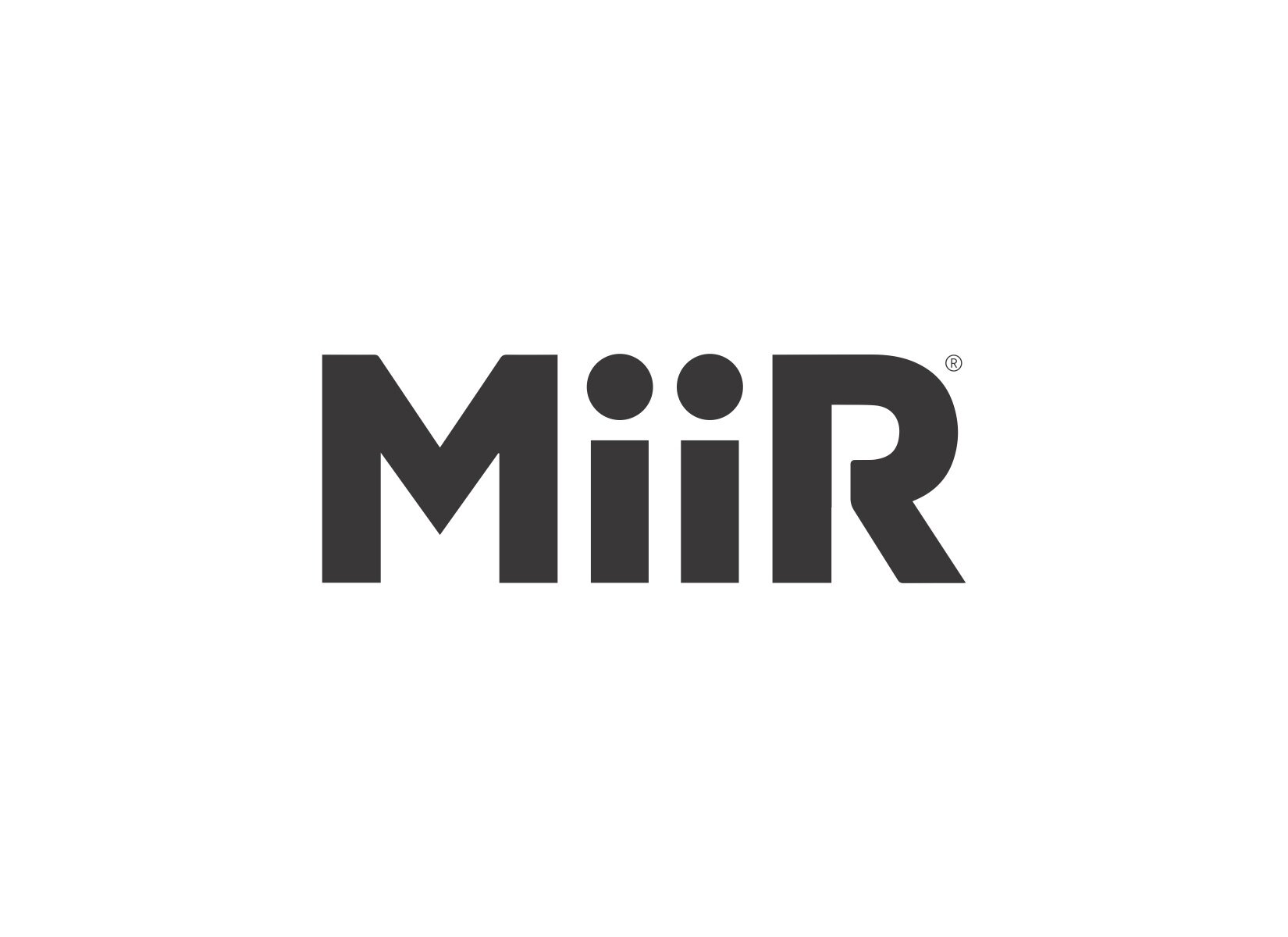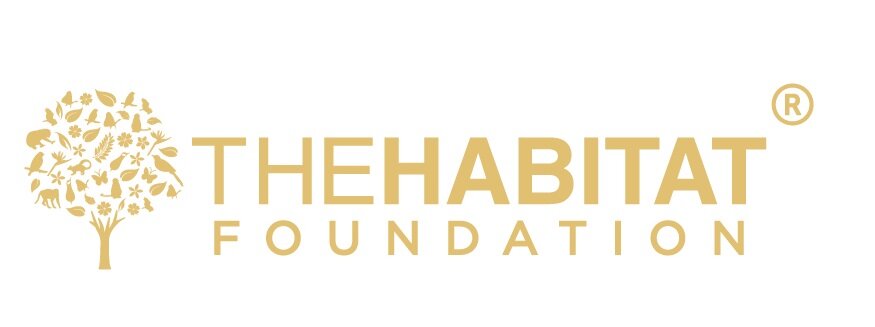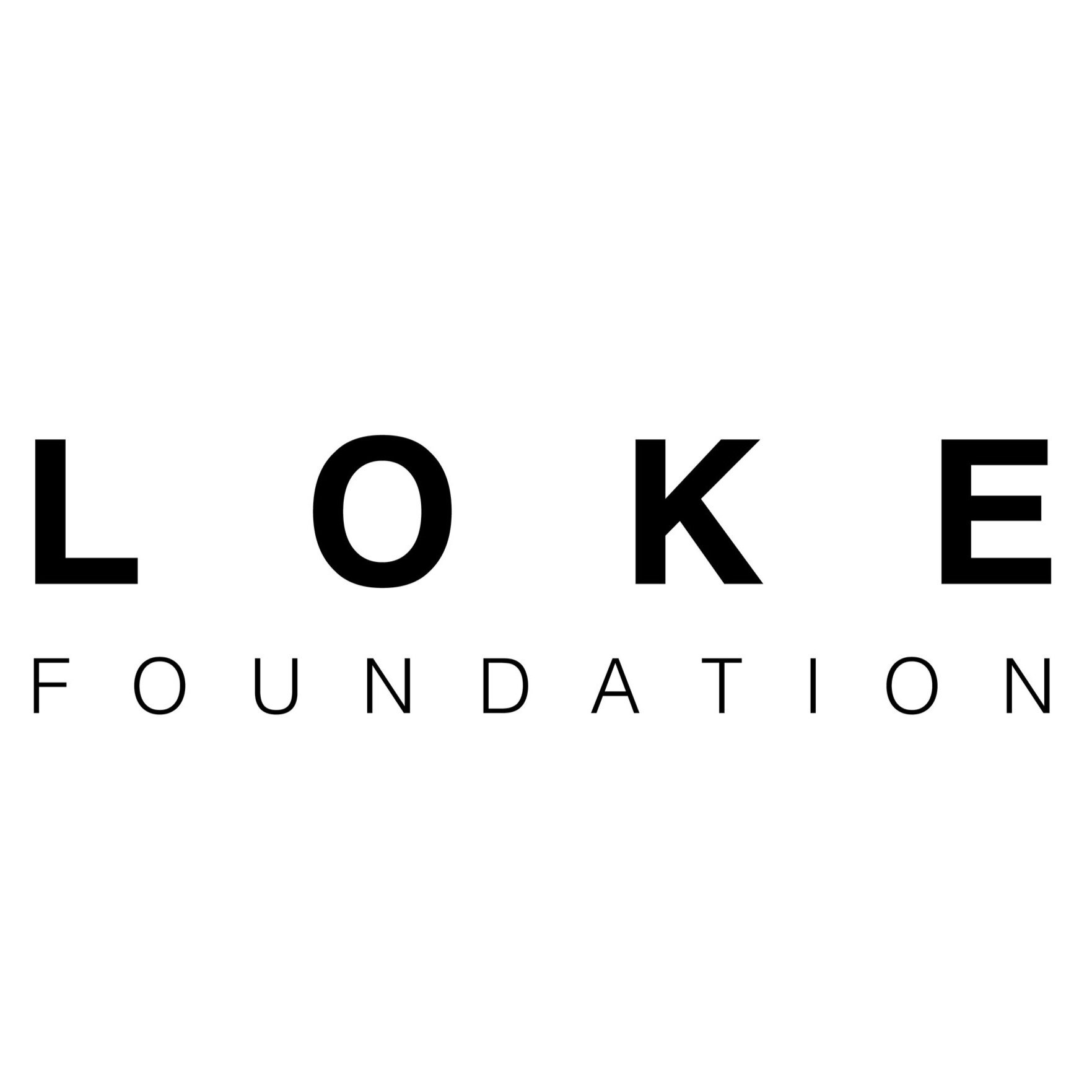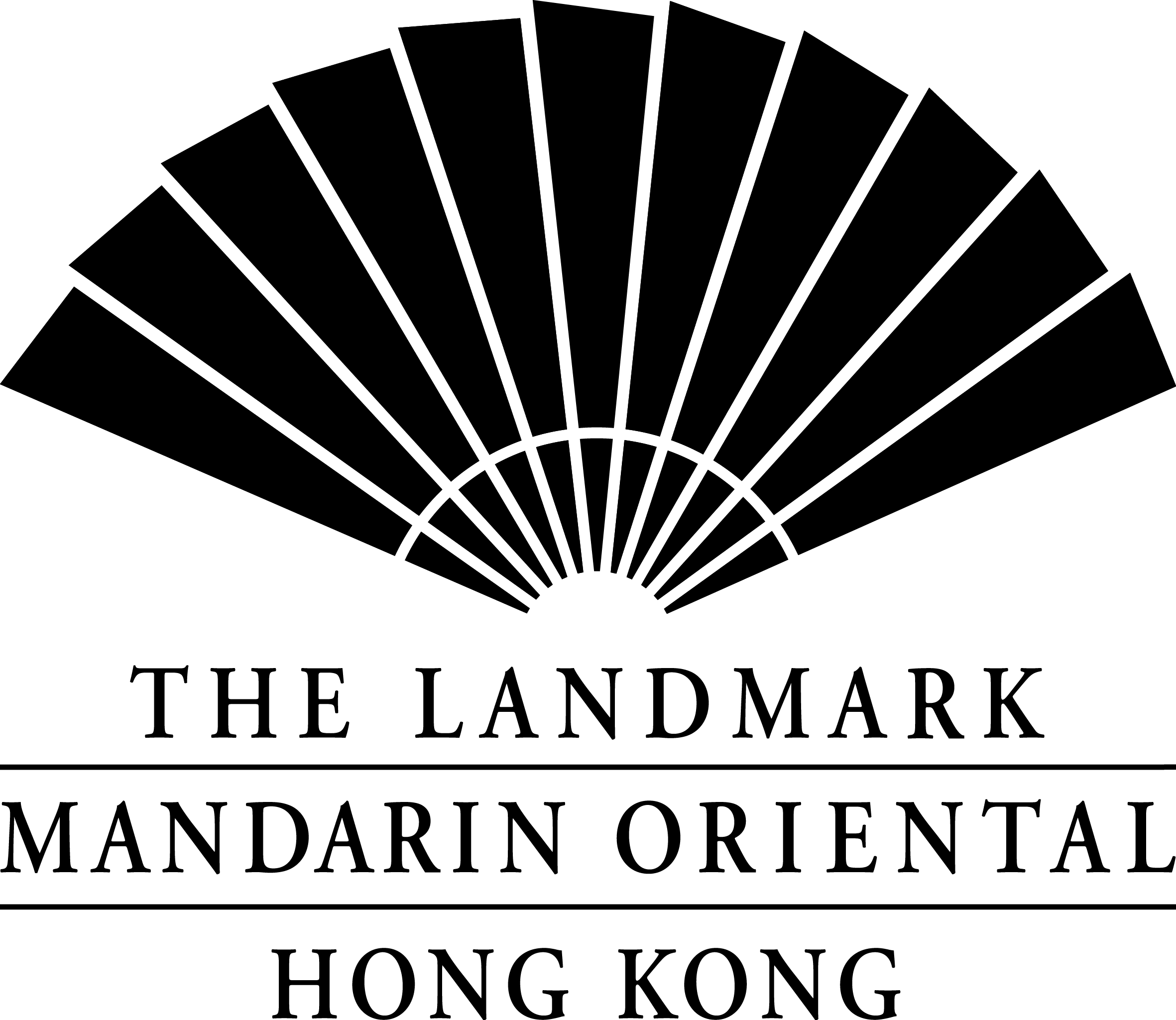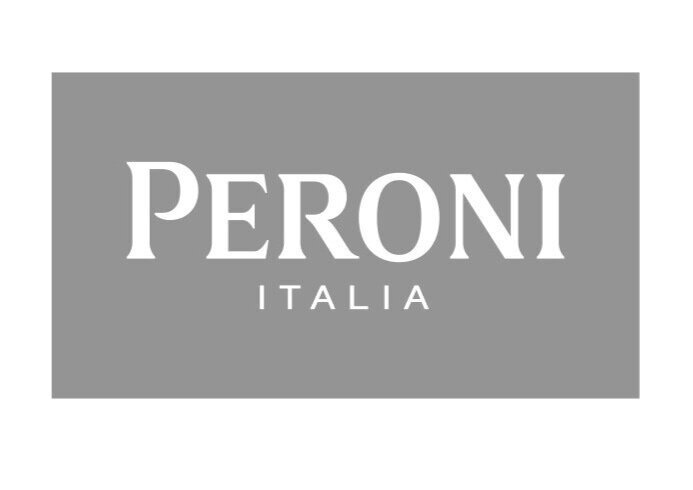In this new close ups edition, we are proudly introducing you all to Paul Zimmerman, another very distinguished member of the Adventure Clean Up Challenge jury.
Paul Zimmermanis CEO of Designing Hong Kong, an elected District Councillor representing the Pokfulam constituency, and a board member of Civic Exchange, Professional Commons, Hong Kong Democratic Foundation, and the Patient Care Foundation. His Hong Kong Government advisory functions include the Harbourfront Commission.
Prior to his public work, Paul built and sold a communications company specialized in corporate literature, built an events management company, and through M&A transformed a travel business in Hong Kong and China.
Paul has a Masters in Social Science (Economics) from the Erasmus University in Rotterdam, and a Masters of Arts (Transport Policy and Planning) from The University of Hong Kong. He arrived in Hong Kong in 1984 and became a Chinese citizen in 2012. www.paulzimmerman.hk. www.designinghongkong.com
Designing Hong Kong Limited is a not-for-profit organisation devoted to promoting sustainability, quality of life and good design as core values in planning, development and governance. Its aim is to increase public awareness and to improve Hong Kong’s collective ability to plan and deliver a ‘beautiful’ city. It promotes collaborations on interventions wherever it sees bad planning and wherever it sees that policies or institutions are not working the way they should. Designing Hong Kong is a member of the World Urban Campaign by UN-Habitat. www.designinghongkong.com
Long running campaigns of Designing Hong Kong:
1. Reforming harbourfront policies and actions
2. Saving street markets
3. Saving country parks
4. Battle incompatible developments
Recent campaigns of Designing Hong Kong:
1. Waste Reduction (beverage packaging, food containers)
2. Conservation (reduce and reverse loss of country parks, wetlands, and areas reserved for agriculture, green belt and other conservation uses)
3. Sustainable Urban Development (master planning, land supply, urban renewal/over development, infrastructure)
4. Liveable City (walkability, public space)
“This is our city. Let’s clean it up. Waste attracts waste. People cleaning up gets more people cleaning up.”
















